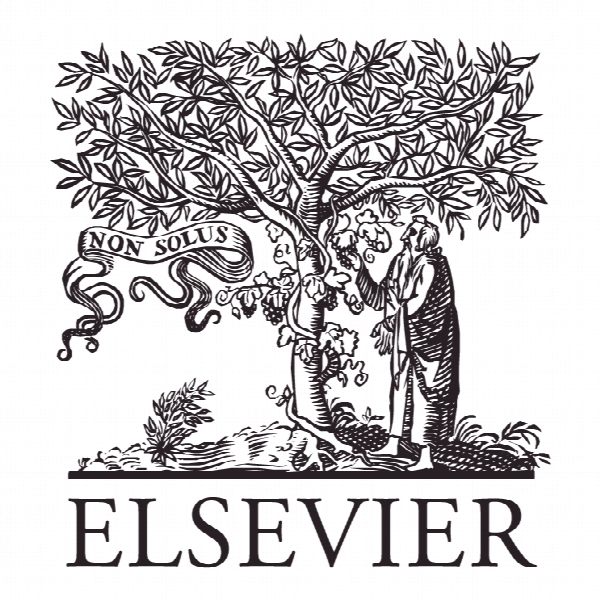آناتومی یک مشارکت دولتی و خصوصی: تعهد در نگهداری و تنظیم پهنای باند Ultrafast Anatomy of a public-private partnership: Hold-up and regulatory commitment in Ultrafast Broadband
- نوع فایل : کتاب
- زبان : انگلیسی
- ناشر : Elsevier
- چاپ و سال / کشور: 2018
توضیحات
رشته های مرتبط مدیریت، مهندسی فناوری اطلاعات
گرایش های مرتبط مدیریت فناوری اطلاعات، شبکه های کامپیوتری
مجله سیاست ارتباطات – Telecommunications Policy
دانشگاه School of Management – Victoria University of Wellington – New Zealand
شناسه دیجیتال – doi https://doi.org/10.1016/j.telpol.2018.05.001
منتشر شده در نشریه الزویر
کلمات کلیدی انگلیسی Regulatory commitment, Hold-up, Broadband policy, Infrastructure investment, New Zealand, Next generation access (NGA) networks, Public-private partnerships
گرایش های مرتبط مدیریت فناوری اطلاعات، شبکه های کامپیوتری
مجله سیاست ارتباطات – Telecommunications Policy
دانشگاه School of Management – Victoria University of Wellington – New Zealand
شناسه دیجیتال – doi https://doi.org/10.1016/j.telpol.2018.05.001
منتشر شده در نشریه الزویر
کلمات کلیدی انگلیسی Regulatory commitment, Hold-up, Broadband policy, Infrastructure investment, New Zealand, Next generation access (NGA) networks, Public-private partnerships
Description
1. Introduction and motivation From the early 1980s to around 2010, the prevailing wisdom in telecommunications policy was that the private sector was bestplaced to own and fund investment in enhanced and new networks (OECD, 2007). However, growing realisation that substantial sums would be required to build very high capacity NGA networks, uncertainties about how demand for NGA connections would materialise, and concerns that existing regulatory arrangements were failing to provide appropriate investment incentives have led to a renewed interest in the role of governments (national, state and municipal) as part- or full-funders1 of new telecommunications infrastructure (Cave & Hatta, 2009; Gómez-Barroso & Feijóo, 2010; Cave & Martin, 2010; Ragoobar, Whalley & Halle, 2011; Beltrán & Van der Wee, 2014; Rendon Schneir & Xiong, 2016). Cave and Martin (2010, p505) observe: “under pressure from the credit crunch, the earlier view has virtually reversed itself. Some form of public funding is now seen as necessary and appropriate almost everywhere, not simply as an aberrant feature of Asian economies”. If governments will inevitably become investors in NGA networks, determining how that investment will take place becomes a relevant policy issue. A fundamental choice exists between returning to the pre-1980s arrangements where a government entity designs, owns, builds and operates the network (albeit procuring some elements from the private sector during construction), and adopting a more nuanced approach where public and private actors collaborate in network investment, construction and operation (Shleifer, 1998; Hodge & Greve, 2007; Gómez-Barroso & Feijóo, 2010, Nucciarelli et al., 2013). The former approach is characterised by Australia’s fully government-funded and owned NBN project2 to deploy a fibre-to-thehome (FTTH) network to 93% of residences, supplemented by satellite and wireless connections to the remainder (Beltrán, 2013; Given, 2010; Howell, 2012). Whilst the ambitious project has been downscaled to a more modest ‘Mixed Technology Model’ (MTM), the government still controls project design and owns and operates the fibre network commissioned by it. By international standards this extent of government control and ownership is exceptional. For a variety of reasons, including budgetary limitations and avoiding public crowding-out of private sector investment and competition, public-private partnerships (PPPs, often referred to as public-private initiatives – PPIs) are the preferred approach in the vast majority of cases (Falch & Henten, 2008; Nucciarelli, Sadowski, & Achard, 2010; Ragoobar, Whalley & Halle, 2011; Sadowski, Nucciarelli, & de Rooij, 2009). This approach is exemplified by New Zealand’s Ultra-Fast Broadband Initiative (UFBI), where the government has partnered with four firms using two distinct arrangements to fund around one third to one quarter of the cost of building an FTTH network to around 75% of the population by 2018 (Sadowski, Howell, & Nucciarelli, 2013) (subsequently extended to 85% of the population by 2024).


